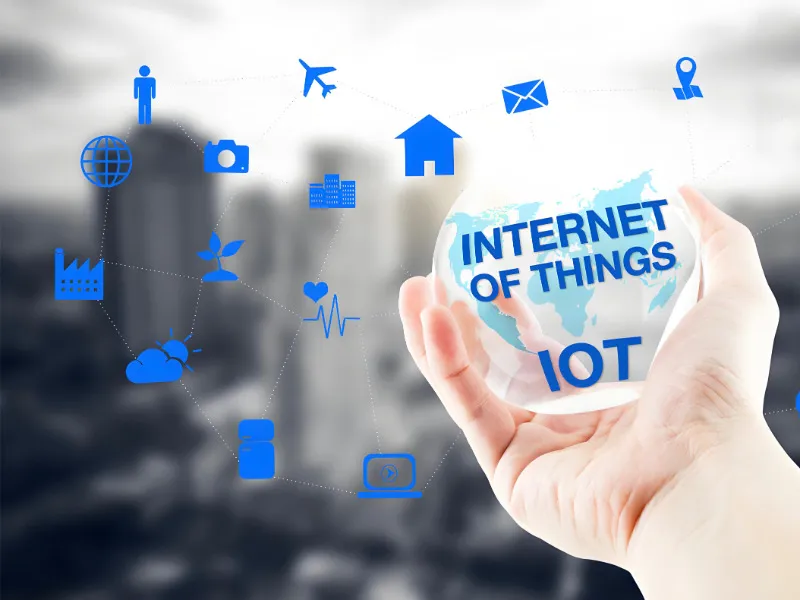- IoT protocols can be divided into transmission protocols, communication protocols and industry protocols.
- IoT protocols play an important role in the environment, electricity, and ensuring the stable and sound development of society.
IoT protocols refer to protocols used for communication and data transmission between devices in an IoT environment. According to different roles, IoT protocols can be divided into communication protocols, industry protocols, transmission protocols.
Communication protocols
1. MQTT: MQTT is a lightweight publishing and subscription information transmission protocol based on TCP/IP, characterised by compact packets, lightweight and reliable, and support for QoS.
Application scenario: One of the recommended protocols for the internet of Things industry, widely used in intelligent hardware, vehicle networking and energy.
2. Modbus TCP: Modbus is an application-layer packet transmission protocol, including ASCII, RTU, and TCP packet types. Through this protocol, controllers can communicate with each other and with other devices over a network (such as Ethernet).
Application scenario: Widely used in industrial fields.
3. HTTP: HTTP hypertext transmission protocol, based on the request/response model for data transmission.
Application scenario: Applicable to scenarios where the device hardware and network bandwidth are sufficient.
4. CoAP: CoAP is a Web-like protocol in the IoT world that uses the request/response interaction model. The protocol design is refined, using UDP protocol for data transmission, suitable for resource-limited low-power devices, especially NB-IoT devices.
Application scenario: It is widely used in resource-limited low-power devices such as water metres and electricity metres.
5. UDP: UDP is a connectionless protocol that does not provide reliability and flow control for data transmission, but has lower latency and less overhead.
Application scenario: It is mainly used in real-time data transmission and fast communication between devices, including real-time video and audio stream transmission, sensor data acquisition and control signal transmission, broadcasting and multicast.
6. TCP: Standards developed and adopted internally by the manufacturer. Private protocols are flexible, often used within a company or organisation, customised on demand, easy to upgrade, and flexible. The implementation requires manual deployment.
7. GB/T28181: National standard GB/T 28181-2016 “Public security video surveillance network system information transmission, exchange, control technical requirements”, is the national standard in the field of video surveillance.
Application scenario: Video network transmission and device control.
Also read: Zymbit unveils Secure Edge Fabric for improved IoT deployments
Also read: Transforma Insights identifies IoT key themes and market leaders
Industry protocols
1. JT/T 808: “Road transport vehicle satellite positioning system terminal communication protocol and data format”, mainly used for “two passengers and one danger” vehicles.
Application scenario: Transportation industry.
2. HJ212: “Pollutant Online monitoring (monitoring) system data transmission standard” data transmission standard protocol used in the environmental protection industry.
Application scenario: Environmental protection industry.
3. SL651: “Hydrological monitoring Data Communication Protocol”, hydrological monitoring equipment need to follow this specification.
Application scenario: Hydrological monitoring.
4. GB3761: It is a national standard electric metre protocol plug-in, using a new type of data acquisition technology, the real-time working condition data of the electricity metre is converted into an electrical signal, which is provided to the metre system, and can carry out real-time recording, statistics, metre reading and settlement of electric energy.
Application scenario: Electric metre.
Transmission protocols
mainly responsible for the networking and communication between devices in the subnet, such as Wi-Fi, 6Ethernet, RFID, NFC(near field wireless communication), Zigbee, 6LoWPAN, GSM, GPRS, GPS, Bluetooth, 3G, 4G, 5G, etc. These protocols ensure the security and reliability of data transmitted over the network.

